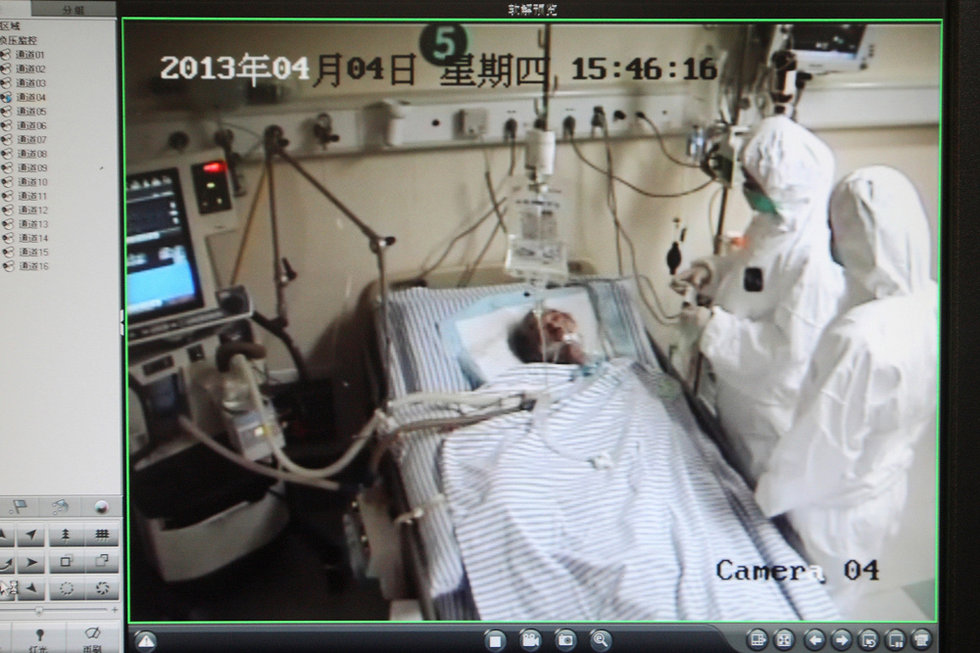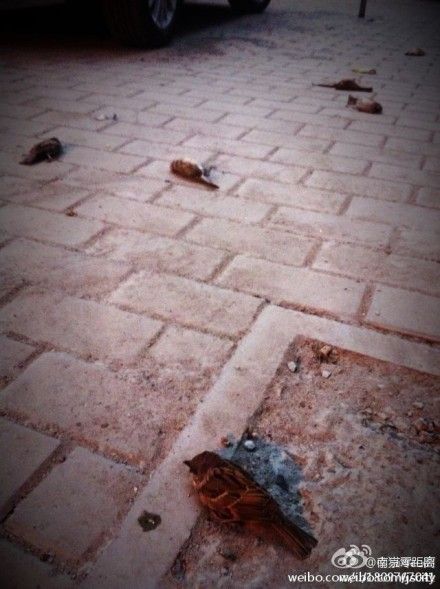Watch: Level 1, Practice Usual Precautions
Avian Flu (H7N9) in China
Released: April 05, 2013
What is the current situation?
On April 1, the World Health Organization (WHO) announced that influenza A (H7N9), a type of flu usually seen in birds, has been identified in a number of people in China. Cases have been confirmed in the following provinces: Shanghai, Jiangsu, Anhui, and Zhejiang.
This is the first time this virus has been seen in people. Symptoms include fever, cough, and shortness of breath. Infection with the new virus has resulted in severe respiratory illness and, in some cases, death. Chinese health authorities are conducting investigations to learn the source of the infections with this virus and to find other cases.
CDC is following this situation closely and coordinating with domestic and international partners in a number of areas. More information will be posted as it becomes available.
There is no recommendation against travel to China at this time.
What can travelers and Americans living in China do to protect themselves?
There is currently no vaccine to prevent H7N9. At this time, we do not know the source of this virus. CDC is repeating its standard advice to travelers and Americans living in China to follow good hand hygiene and food safety practices and to avoid contact with animals.
- Do not touch birds, pigs, or other animals.
- Do not touch animals whether they are alive or dead.
- Avoid live bird or poultry markets.
- Avoid other markets or farms with animals (wet markets).
- Eat food that is fully cooked.
- Eat meat and poultry that is fully cooked (not pink) and served hot.
- Eat hard-cooked eggs (not runny).
- Don’t eat or drink dishes that include blood from any animal.
- Don’t eat food from street vendors.
- Practice hygiene and cleanliness:
- Wash your hands often.
- If soap and water aren’t available, clean your hands with hand sanitizer containing at least 60% alcohol.
- Don’t touch your eyes, nose, or mouth. If you need to touch your face, make sure your hands are clean.
- Cover your mouth and nose with a tissue or your sleeve (not your hands) when coughing or sneezing.
- Try to avoid close contact, such as kissing, hugging or sharing eating utensils or cups, with people who are sick.
- See a doctor if you become sick during or after travel to China.
- See a doctor right away if you become sick with fever, coughing, or shortness of breath.
- If you get sick while you are still in China, visit theUS Department of State website
 to find a list of local doctors and hospitals. Many foreign hospitals and clinics are accredited by the Joint Commission International. A list of accredited facilities is available at their website (www.jointcommissioninternational.org
to find a list of local doctors and hospitals. Many foreign hospitals and clinics are accredited by the Joint Commission International. A list of accredited facilities is available at their website (www.jointcommissioninternational.org ).
). - Delay your travel home until after you have recovered or your doctor says it is ok to travel.
- If you get sick with fever, coughing, or shortness of breath after you return to the United States, be sure to tell your doctor about your recent travel to China.
Clinician information:
Clinicians should consider the possibility of novel influenza A (H7N9) virus infection in persons presenting with respiratory illness within 10 days of an appropriate travel or exposure history. Although the majority of novel influenza A (H7N9) cases have resulted in severe respiratory illness in adults, infection with this virus may cause mild illness in some and may cause illness in children as well. Influenza diagnostic testing in patients with respiratory illness for whom an etiology has not been confirmed may identify human cases of avian influenza A virus infection or new cases of variant influenza in the United States. Patients with novel influenza A (H7N9) virus infections should have a positive test result for influenza A virus via reverse-transcription polymerase chain reaction (RT-PCR) testing but be unsubtypeable. Clinicians suspecting novel influenza A (H7N9) should obtain appropriate specimens and notify their local or state health department promptly. State health departments should notify CDC of suspected cases within 24 hours. For more information, see the Health Alert Notice issued April 5, 2013. http://wwwnc.cdc.gov/travel/notices/watch/avian-flu-h7n9-china.htm


 Investigation and management of possible human cases of avian influenza A H7N9 in returning travellers (PDF, 364 KB)
Investigation and management of possible human cases of avian influenza A H7N9 in returning travellers (PDF, 364 KB)